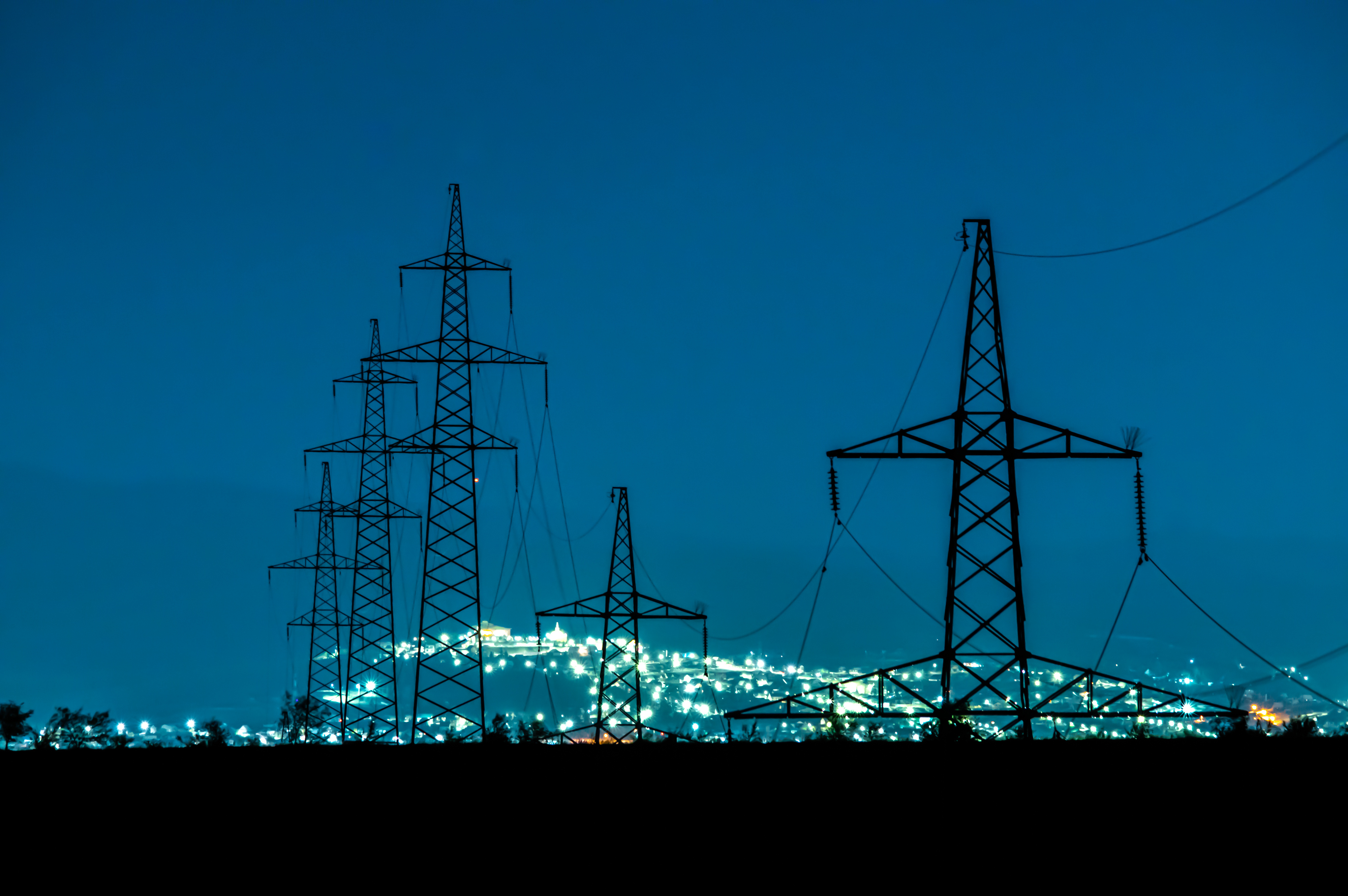By Isabella Gallagher-Rattan
Earlier this week, most of Spain and Portugal, and parts of France, Germany, Italy and Andorra, were sent into upheaval over the biggest power outage in Europe in 20 years. The blackout lasted over half a day for Spain and Portugal, and whilst the other countries affected were able to reroute power and recover quicker, these two countries were less fortunate and faced destruction and even death.
Mobile phone signals were down, traffic lights didn’t work, ATMs weren’t working, and shops were forced to use cash. Trains were ground to a halt underground, forcing passengers to escape through the metro tunnels. Whilst the airports were running on their backup generators, chaos ensued throughout with cancelled and delayed flights. This had a knock-on effect, still present at the time of writing.
Unfortunately, a family of three from North-Eastern Spain died, and the police are currently investigating the cause of their deaths. They currently believe the deaths could be linked to carbon monoxide from an electricity generator. In Madrid, a fire broke out in a building, killing one woman and sending five to hospital. Local media believes the cause of the fire is candles that were lit for the blackout. A woman in her forties who lived in Valencia also passed away. The local media believes the cause of her death is her ventilator losing power, however there is controversy over this.
The cause of the power cut is still under investigation. The Portuguese government and Spain’s power grid have announced they have ruled out a cyber attack. Both countries are taking serious preventative measures, with the Portuguese government requesting the EU perform an independent audit and the Spanish Prime minister promising ‘all the necessary measures will be taken to ensure that this does not happen again’ after launching an investigation.
